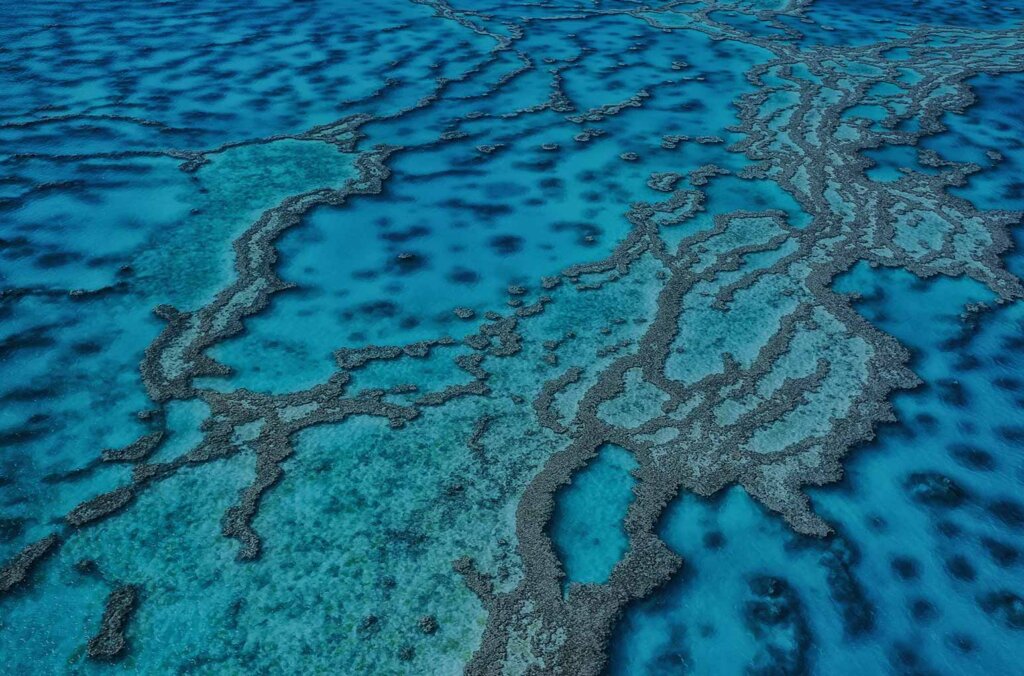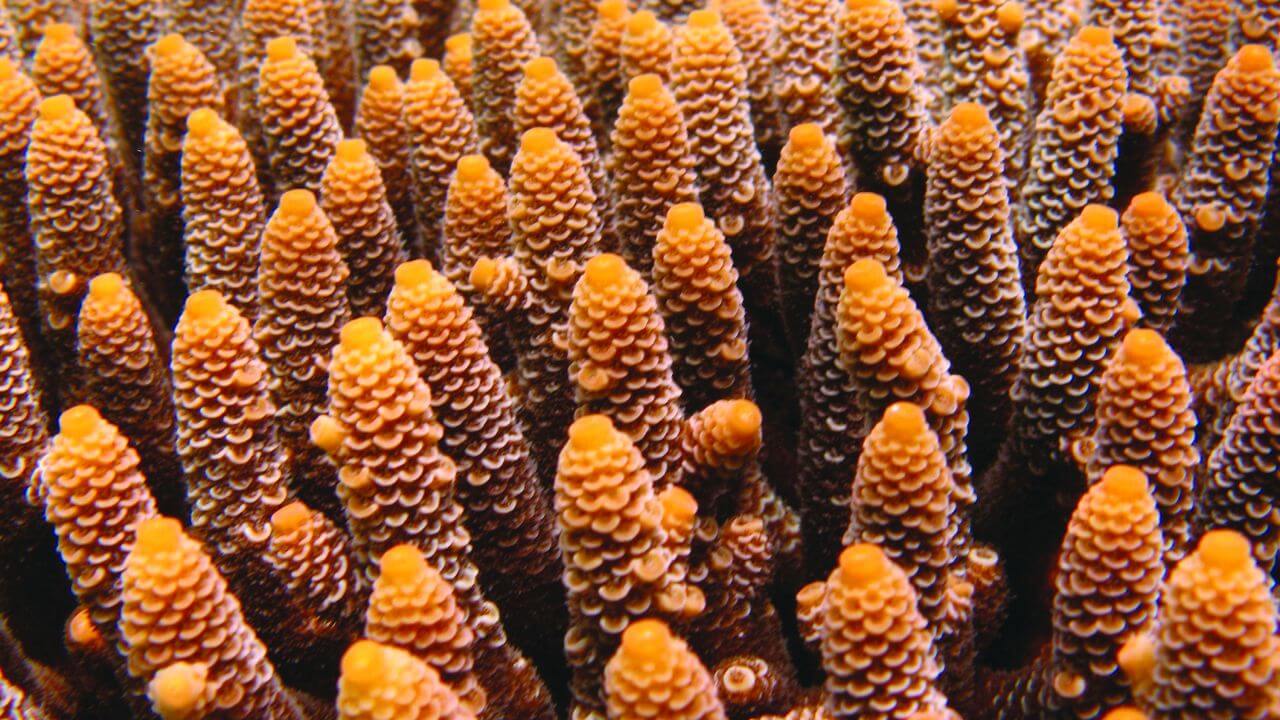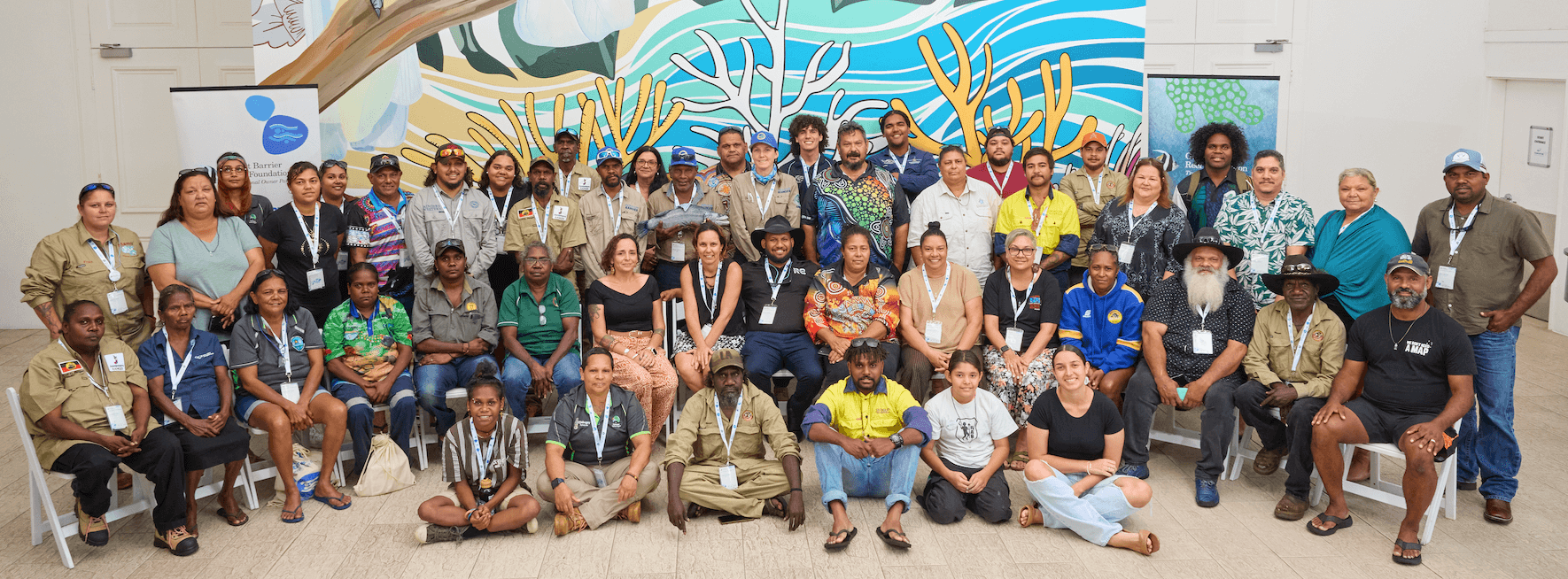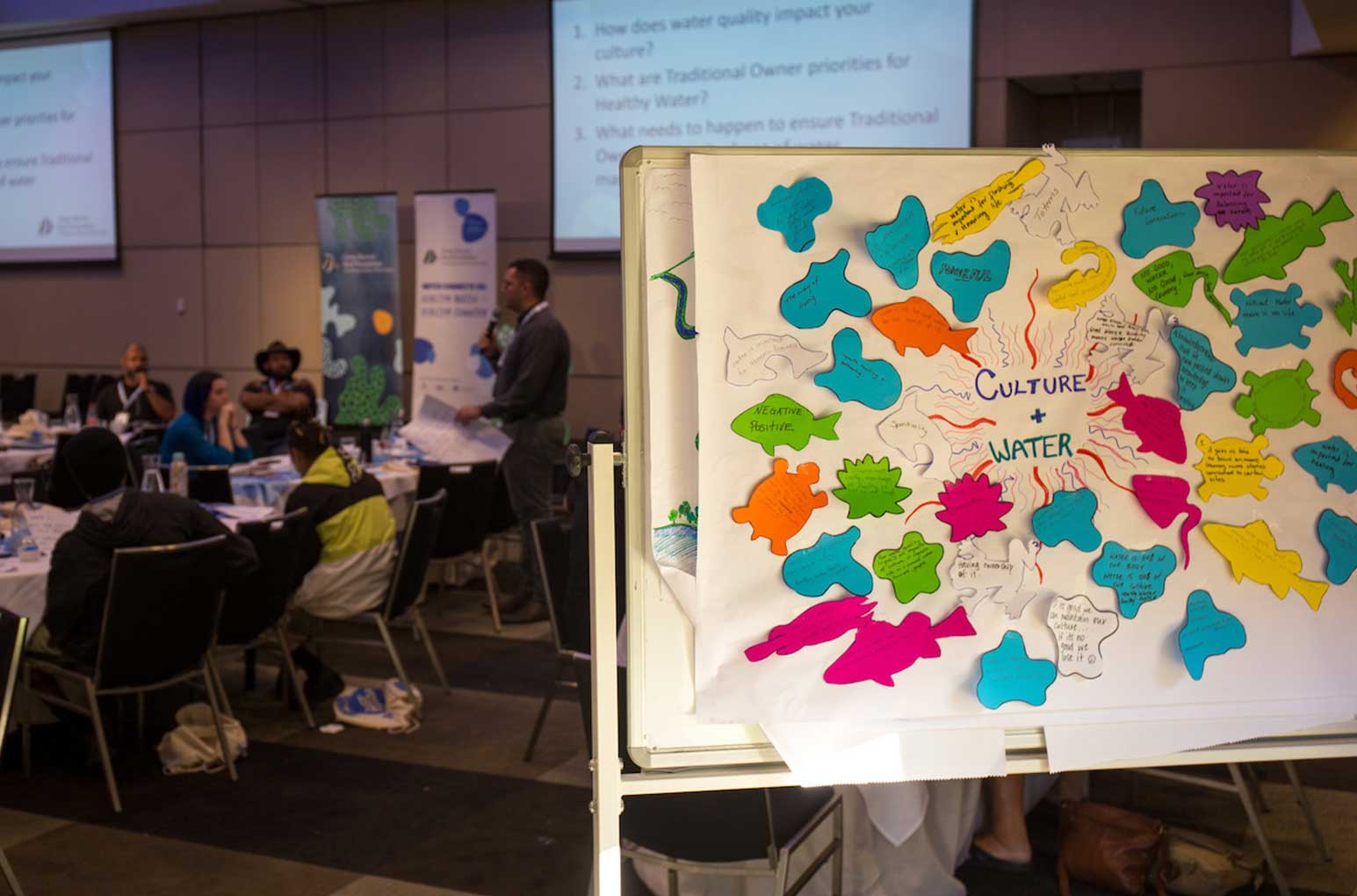
OUR CO-DESIGN JOURNEY: PART 1
Where our journey began
Story created by Our Reef Stories and the Great Barrier Reef Foundation.
Welcome to a new four-part series called “Where it began”. Throughout, we’ll explore the origins of the revolutionary co-design approach that’s leading to better outcomes for the Reef, learn how it works, and discover the positive effects it’s having for Traditional Owners themselves.
Part 1: The Journey to Co-design.
The Great Barrier Reef
The Reef itself is globally known for its unmatched biological diversity that covers 348,000 square kilometres. The World Heritage Area is bigger than the United Kingdom, Holland and Switzerland combined. It’s also home to more than 70 Traditional Owners groups that stretch across the length of the Reef, as well as over 100 more Traditional Owner groups in the Reef’s Catchments.

Traditional Owners and the Reef
Protecting and caring for the Reef is a custodial and intergenerational responsibility for Reef Traditional Owners and they have been managing their land and sea Country for more than 60,000 years. Traditional Owners see themselves as part of the land and sea, “Country is us and we are Country”.
There have been multiple pieces of legislation that govern the management, protection and regulation of the Great Barrier Reef, but historically Traditional Owners have not been consulted or afforded a say in these important matters that affect their Country. Examples include when the Reef became both a Commonwealth Marine Park in 1975 and then a UNESCO World Heritage Area in 1981. In 2004, it also became a State Marine Park. It is equally complex in terms of the adjoining land that makes up the Great Barrier Reef Catchments. These all represent how others have made decisions to cut up, separate and organise Country without Traditional Owner input.
For decades, Traditional Owners have been coming together to explore and call for a collective approach to achieving their rights and aspirations for ownership, access to their land and sea Country, funding for Traditional Owner-led projects, and involvement in the formal governance and management of the Reef. As a result of these gatherings, they created 10 key recommendations that were presented to the Australian Government in 2018. Traditional Owners are still waiting for a formal response from Government about these recommendations.
Creation of the Reef Trust Partnership and Traditional Owner involvement
In 2018, the Great Barrier Reef Foundation – the lead charity for the Reef – and the Australian Government’s Reef Trust created a landmark $443.3m partnership called the Reef Trust Partnership (RTP). The RTP is the Australian Government’s largest-ever single investment in reef protection and is dedicated to bringing together a diverse group of stakeholders including Traditional Owners, Reef managers, scientists, research organisations and local communities to significantly improve the health of the Great Barrier Reef.
As part of the RTP, the Foundation negotiated with Traditional Owners and agreed to a landmark $51.8m investment to establish a Traditional Owner Reef Protection component under the Reef Trust Partnership. This Traditional Owner component created the foundational pillars required to deliver on long-held aspirations and goals.
Introduction of the co-design approach
This investment enabled Director of Traditional Owner Strategic Initiatives Liz Wren and her team to embark on an unprecedented co-design approach to program delivery that positions Traditional Owners as central partners in the care, management and protection of the Great Barrier Reef and its Catchments. The result has been stronger First Nations-designed programs and projects that are fit for purpose. These programs help lead the step-change needed through increased governance measures that shine a light on the unique, holistic perspectives Traditional Owners bring to the table, creating better outcomes and stronger management of the Reef.

It started with three key priorities
The Foundation made three key decisions that would enable this work to stand strong and create systemic change at a scale and complexity that had never been attempted within the Great Barrier Reef region. These were:
- Allocation of a minimum of 10% of RTP funds to Traditional Owner Reef Protection – providing $51.8m to enable Traditional Owners to create programs that best suit their needs, remove traditional bureaucratic barriers and deliver on their aspirations. The Foundation worked hard to design these programs not on behalf of, but with the Traditional Owners of the Reef.
- Elevation of the voices and contributions of Traditional Owners’ lived experience – as a central pillar in the design and delivery of the RTP, Traditional Owners were brought into the heart of design, delivery and decision making.
- Establishment of a Traditional Owner Future Fund – fulfilling an important aspiration and providing sustainable funding to support long-term outcomes.
These decisions have created the conditions to facilitate the achievement of a strong Traditional Owner governance framework across the RTP, commence a genuine co-design process with Traditional Owners, support on-ground Reef protection outcomes and deliver positive impacts over the life of the RTP and beyond.
Showing the value of Traditional Owner input to Western stakeholders
Within the Reef Trust Partnership, there are six main component programs. These include Water Quality, Integrated Monitoring and Reporting, Crown-of-Thorns Starfish Control, Reef Restoration and Adaptation Science, Community Reef Protection and Traditional Owner Reef Protection.
Not only was 10% of funding from each component dedicated to Traditional Owner-led projects, but through this forced disruption we were able to demonstrate Traditional Owner design and delivery outcomes, so those in the mainstream who could not imagine these solutions could see, learn and value them. Traditional Owners are now being seen leading, doing, and being heard on Country – leading by example and showing how it’s done.
By simply having a presence, these new integrated ways of thinking and doing will create positive change to an overloaded system. They will provide a more fair and equitable sharing of benefits for Traditional Owners into the future, as well as supporting complex problem solving and applied solutions that are required for a healthy Reef.
Looking ahead to Part Two
In our next instalment, we’ll follow the journey of how the Foundation chose the co-design approach and recognised its importance in increasing Traditional Owner engagement.



